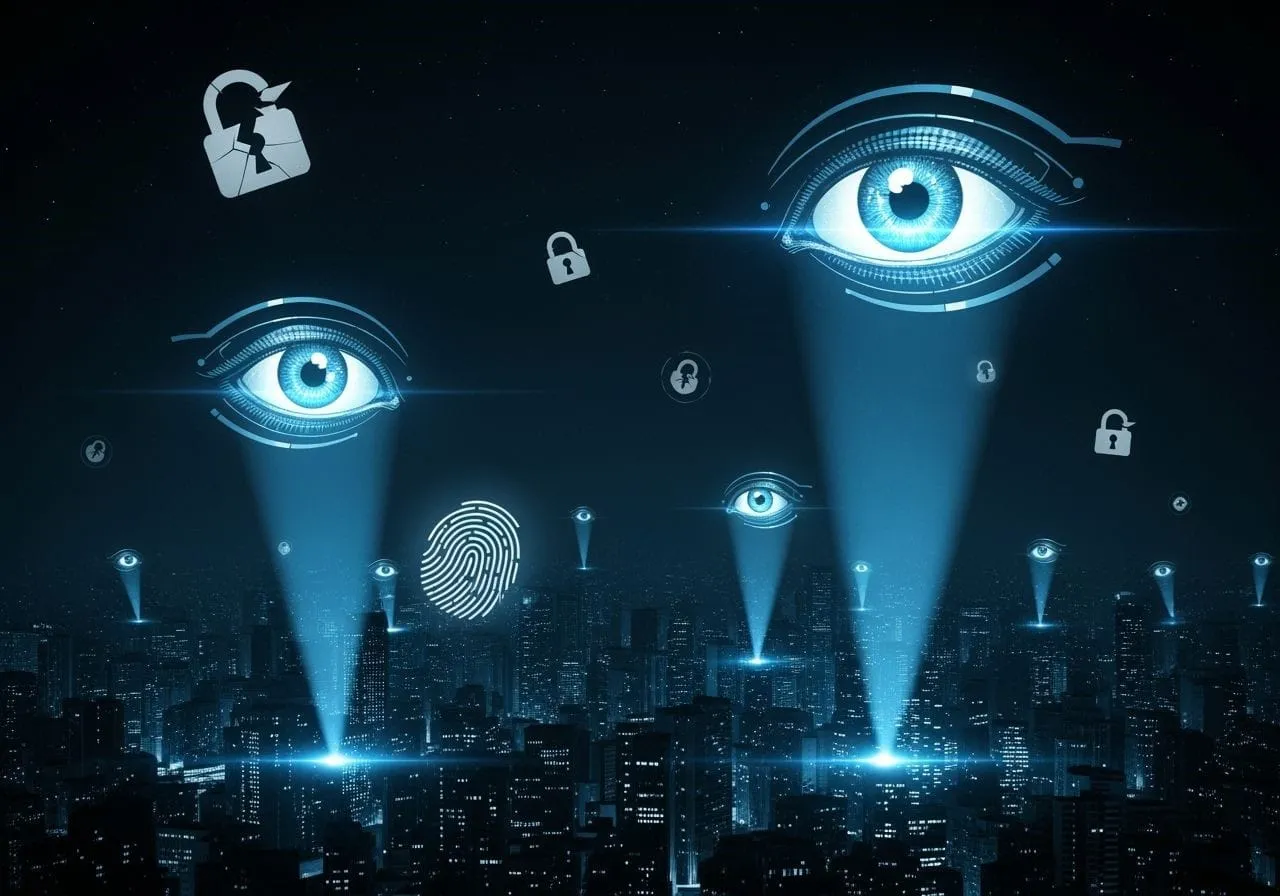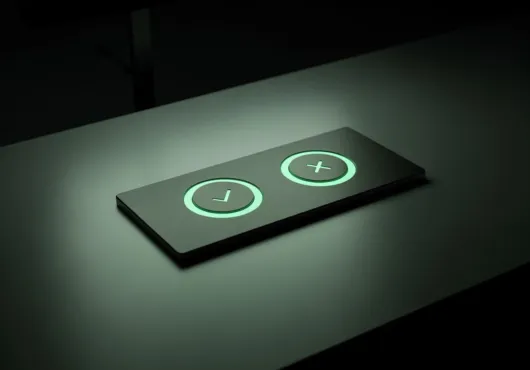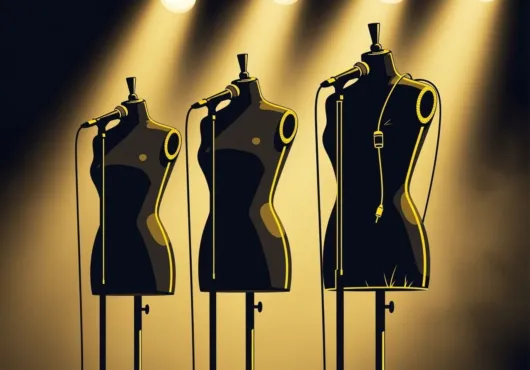Why Emotion Recognition Is Just High-Tech Phrenology with a Fancier Logo
You ever lie to your boss with a straight face? Congratulations—you just broke an algorithm.
AI’s Latest Misfire
Because somewhere out there, a company is trying to sell facial-recognition AI that “detects deception” based on microexpressions. Your raised eyebrow? Classified as “suspicious.” Your confused squint? Definitely hiding something. Your resting dead-inside face during a Zoom interview? Lying and lazy.
Microexpressions of Doom
Let’s be clear: there is no scientific consensus that facial expressions reliably indicate deception. But that hasn’t stopped an industry of snake-oil startups from slapping together machine learning models, feeding them grainy interrogation footage, and selling them to corporations, border control, even schools. All under the pretense that your emotions can be parsed like a CAPTCHA.
A Face Isn’t A Story
Why aren’t we wrong?
People’s faces aren’t standardized.
Emotions aren’t always visible.
And lying isn’t a muscle twitch—it’s a decision.
Yet, these tools treat the human face like a billboard for guilt. Based on what? Training data from actors, maybe. Or thin slices of courtroom footage passed off as “objective.” Most are built on flimsy behavioral psychology repackaged for enterprise clients.
You Might Already Be a Suspect
Some of these tools claim 70–90% accuracy. That’s just good enough for a PowerPoint demo, but bad enough to ruin someone’s life if it gets taken seriously.
We’ve seen employers use it to pre-screen job candidates. Police using it for “pre-crime” assessments. Schools running it during remote tests to flag cheating. And all of them putting blind faith in what amounts to AI-enhanced guesswork.
Let’s not even get into what happens if you’re neurodivergent, nervous, or just happen to look like you’re thinking too hard.
We’ve Been Here Before, Just Without the USB Cord
This is digital phrenology.
A new face-reading pseudoscience with machine polish. And it preys on the worst instincts of institutional power—the desire to control, predict, and punish without accountability.
If you’re looking for truth detection, maybe try old-fashioned context. Nuance. Human conversation. But don’t expect that from a tool trained to see every blink as a threat.



